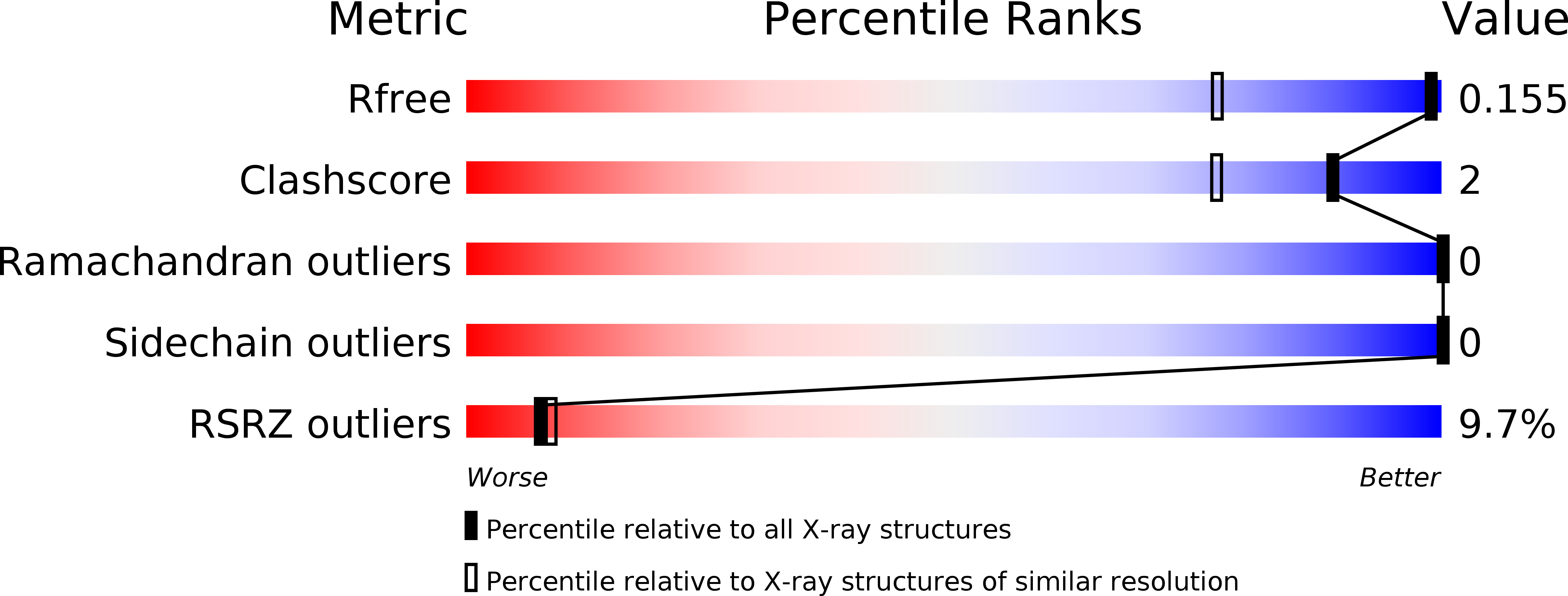
Deposition Date
2019-10-28
Release Date
2020-07-01
Last Version Date
2024-05-15
Entry Detail
PDB ID:
6T9Q
Keywords:
Title:
Crystal structure of the second, C-terminal repeat of the DNA-binding domain of human TImeless
Biological Source:
Source Organism:
Homo sapiens (Taxon ID: 9606)
Host Organism:
Method Details:
Experimental Method:
Resolution:
1.15 Å
R-Value Free:
0.15
R-Value Work:
0.12
R-Value Observed:
0.12
Space Group:
P 65


